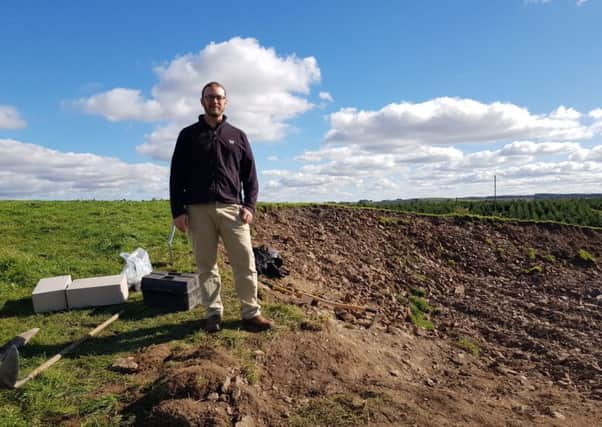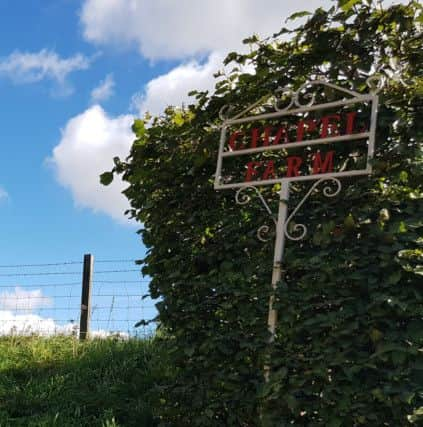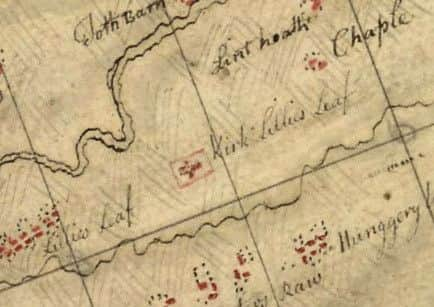Skeleton found on Borders farm


Alistair Forster, who farms out of Chapel Farm on the outskirts of the village, was quarrying stone from the field with Jackie Johnston, who was driving the digger, for a new shed on Wednesday, when they spotted what appeared to be human remains.
Alistair’s wife Sally told us he stopped what he was doing immediately and contacted the council and the police.
Advertisement
Hide AdAdvertisement
Hide AdThe police visited the site, and determined that no police action was required due to the apparent age of the remains, and Historic Environment Scotland sent down a team to exhume the skeleton.


We paid a visit to the farm today and spoke to the AOC Archaeology members .
The team’s Rob Engl said: “It’s an extended inhumation ... it’s a guy or a girl stretched out on their back, not in a foetal position, as in the majority of medieval burials.
“We have been excavating the remains and they will be sent to be tested.”
Also visiting the site today was Dr Chris Bowles, Scottish Borders Council’s archaeologist, who said: “I’ll be putting a marker down in our local historic environment record, held by the council, saying there has been a burial here.


“We can keep an eye on it. It could be just a single burial, but there could easily be others around us, particularly if it is a Christian burial.
“It could be there was a chapel on this site, but we don’t have any record of there being one.
“However, it is called Chapel Farm, and as somebody who studies placenames once told me, if it looks like a duck and smells like a duck ...”
Advertisement
Hide AdAdvertisement
Hide AdLocal historian George Burns, who stays in Ashkirk, heard about the find and came along for a look.
He said: “There is what looks like a building of some kind, a tower or a chapel, on the 18th Century Roy’s Military Map.
“At one point there were many towers all around Lilliesleaf.”
There is an online version of the map (pictured) which does indeed show some kind of structure, although the area was then called “Chaple”.
Dr Bowles added: “It’s pretty exciting. We don’t get many of these situations.
“Although I did go out to one recently and it just turned out to be pig bones.
“This isn’t, but we won’t know how old it is until it is carbon dated. We’ll also be able to tell how old it is by the type of burial.
“If it comes back 12th Century, we’ll have a better idea, but if it comes back 1950, we’ve got a murder on our hands!
“You never know until all the tests are done.”